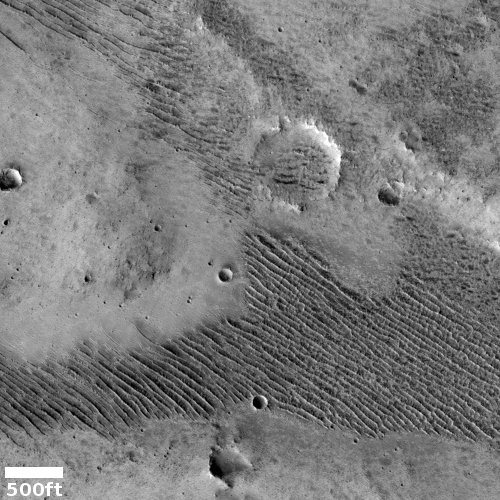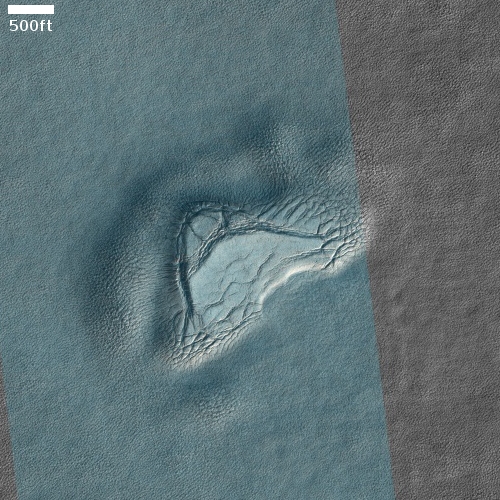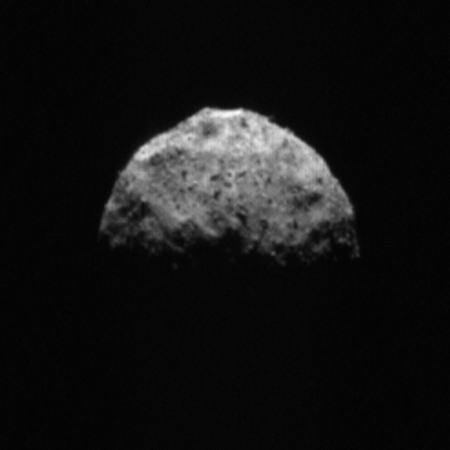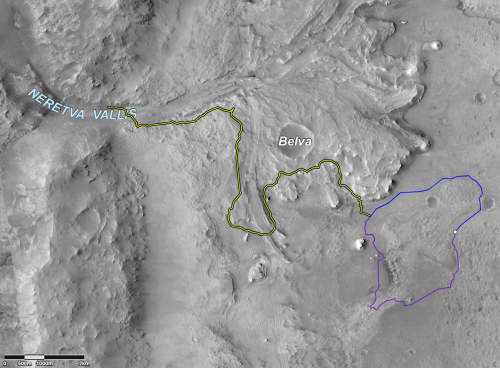MEV-2 about to dock with communications satellite to extend its life
Capitalism in space: Northrop Grumman’s second Mission Extension Vehicle (MEV-2) is presently doing the last rendezvous maneuvers in the vicinity of one of Intelsat’s operating geosynchronous communications satellites in anticipation to its docking, when it will extend that satellite’s life by up to five years.
This is the second MEV to fly. The first successfully docked with a defunct 19-year-old satellite and brought it back into operation.
Meanwhile, in the Ukraine a new startup is proposing to use an upgrade of the automatic rendezvous and docking system once used by Progress and Soyuz capsules to create its own variation of MEV.
Kurs Orbital is raising $6.5 million in its first investment round this summer to start the demonstration vehicle that will rendezvous with an uncooperative object in low Earth orbit, he said. “I think that we will be on schedule for 2023 with a demonstration mission.”
The company plans to raise more money over the next few years to build a fleet of four vehicles to start offering de-orbiting services by 2025. Usov said de-orbiting is the low hanging fruit because it is a way to immediately help satellite operators make money.
Operators currently take geostationary satellites out of service to a graveyard orbit six to eight months before they are out of fuel. De-orbiting services would allow operators to keep the satellites in operation for several additional months and continue to generate revenues, Usov said. Those extra revenues would more than pay for the $10 million to $15 million de-orbiting service.
If successful, this company will be the third attempting to enter the robotic satellite serving business, with a number of others also aiming to make money removing space junk.
Capitalism in space: Northrop Grumman’s second Mission Extension Vehicle (MEV-2) is presently doing the last rendezvous maneuvers in the vicinity of one of Intelsat’s operating geosynchronous communications satellites in anticipation to its docking, when it will extend that satellite’s life by up to five years.
This is the second MEV to fly. The first successfully docked with a defunct 19-year-old satellite and brought it back into operation.
Meanwhile, in the Ukraine a new startup is proposing to use an upgrade of the automatic rendezvous and docking system once used by Progress and Soyuz capsules to create its own variation of MEV.
Kurs Orbital is raising $6.5 million in its first investment round this summer to start the demonstration vehicle that will rendezvous with an uncooperative object in low Earth orbit, he said. “I think that we will be on schedule for 2023 with a demonstration mission.”
The company plans to raise more money over the next few years to build a fleet of four vehicles to start offering de-orbiting services by 2025. Usov said de-orbiting is the low hanging fruit because it is a way to immediately help satellite operators make money.
Operators currently take geostationary satellites out of service to a graveyard orbit six to eight months before they are out of fuel. De-orbiting services would allow operators to keep the satellites in operation for several additional months and continue to generate revenues, Usov said. Those extra revenues would more than pay for the $10 million to $15 million de-orbiting service.
If successful, this company will be the third attempting to enter the robotic satellite serving business, with a number of others also aiming to make money removing space junk.








